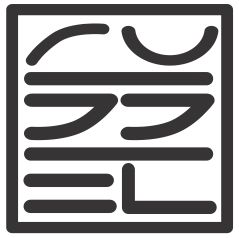One of the most frequent tasks given to undergraduate and graduate students is reading or critiquing research articles. Often, you will be tasked with reading more than one paper at a time, so having a technique for quickly reading and understanding the article is of paramount importance. My mentor, Dr. Abesamis, gave us some tips in one of our class discussions, and I summarize them below.
- Read the title. Titles are often written to capture the attention of specific audiences. The title already gives you the scope or the main idea, or even the take-home message of the article.
- Look at the authors and their affiliations. Are the authors the experts in the field? How long have they been working in this field of study?
- Look at the date of publication. When was the article published? This is particularly important if the topic is controversial or if the information on this topic has a high turnover. Knowing the publication date will allow you to compare it with previous works or seminal papers related to the topic.
- Read the abstract. Read the abstract as many times as possible until you fully understand what the study is about. Typically, the abstract is structured to give you the essential components of the entire paper article. A well-written abstract has components that introduce the topic or question, the aims, a brief description of the methods, the main findings, and some implications of the study. The keywords will give you additional information often absent from the article’s title.
- Go over the main figures and tables. Figures and tables present the main results of the paper. Carefully look at the information presented. A good figure and table are often presented as standalone. However, details of either the figure or table can be read in the text that cross-refers to them.
- Read the first and last parts of the discussion. Oftentimes, the first few sentences of the discussion section summarize or recapitulate the aims, the main question, or the findings of the research article. The last parts of the discussion usually contain the most essential generalizations, implications, or take-home messages.
- Decide whether to read the entire paper. After doing the above steps, you may want to decide on whether to spend time reading the entire paper. If you have formed more questions from the quick reading, you can decide whether the whole paper warrants your time.
